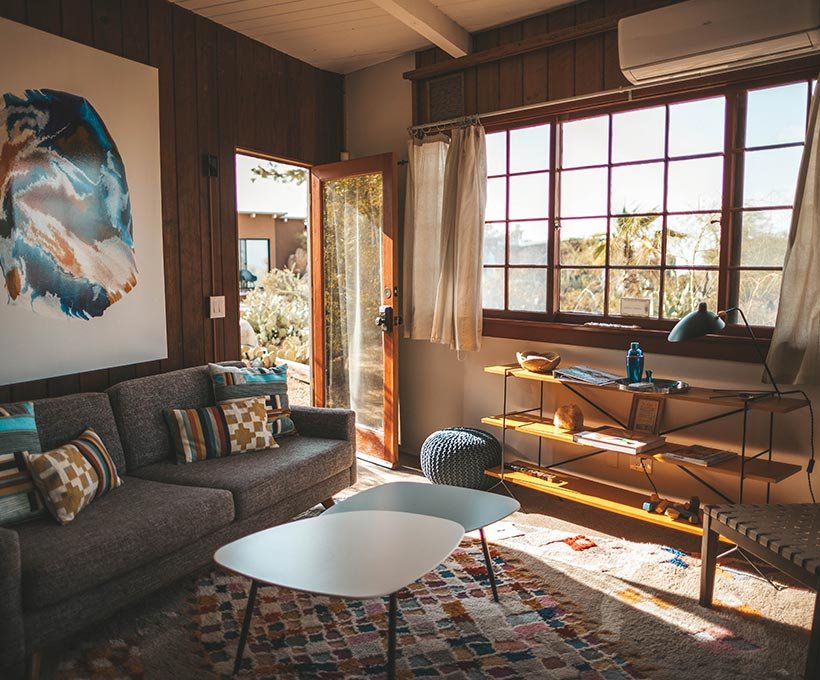We often think of mirrors as purely functional objects—tools for checking our appearance or brightening a room. But look closer, and you’ll discover that the frame surrounding a mirror holds its own magic. A mirror frame is more than a decorative edge; it’s a design statement, a cultural artifact, and a bridge between utility and artistry. Let’s explore how these often-overlooked borders shape our spaces and stories.
From Function to Flourish: A Brief History of Mirror Frames
Mirrors and their frames have evolved alongside human creativity for millennia:
- Ancient Beginnings: Early polished metal mirrors from Egypt and Mesopotamia lacked frames, but their handles were often intricately carved with symbols of power or divinity.
- Medieval Mastery: In the Middle Ages, mirrors became smaller and more portable. Wealthy Europeans commissioned ornate frames of ivory, silver, or ebony, turning handheld mirrors into status symbols.
- The Golden Age of Glass: The Renaissance saw Venetian glassmakers perfect large, flat mirrors. These were framed in lavish Baroque or Rococo styles—think gilded wood, floral motifs, and mythological scenes—transforming mirrors into centerpieces of palaces like Versailles.
- Industrial Revolution: Mass production in the 19th century made framed mirrors accessible to the middle class. Simple wooden or cast-iron frames became staples in homes, blending practicality with modest elegance.
Materials and Styles: The Language of Frames
Today, mirror frames speak in countless design dialects, each evoking a unique mood:
- Classic Wood: Carved oak, distressed barnwood, or sleek walnut frames bring warmth and timelessness to traditional or farmhouse interiors.
- Metallic Glam: Gold-leaf, brushed brass, or industrial iron frames add drama and modernity, perfect for Art Deco-inspired spaces or minimalist lofts.
- Eclectic Charm: Woven rattan, mosaic tiles, or repurposed driftwood frames infuse bohemian or coastal vibes, celebrating imperfection and creativity.
- Minimalist Edge: Thin black metal, frameless beveled edges, or hidden LED-lit borders cater to contemporary aesthetics, emphasizing the mirror’s reflective power.
The choice of material and style doesn’t just complement a room—it redefines the mirror’s role, turning it into a sculpture, a window, or a conversation piece.
Cultural Mirrors: Symbolism in the Frame
Across cultures, mirror frames carry hidden meanings:
- Feng Shui: In Chinese tradition, round or octagonal mirrors with red lacquer frames are believed to attract prosperity and ward off negative energy.
- Victorian Symbolism: Elaborately framed mirrors in 19th-century Europe often featured motifs like ivy (friendship) or oak leaves (strength), subtly communicating values.
- Modern Metaphors: Artists like Yayoi Kusama use infinity mirrors within bold, repetitive frames to explore themes of identity and the universe.
Even in folklore, frames matter—think of the cursed mirror in Snow White, whose ornate frame belies its deadly reflection.
Why Frames Matter in Modern Design
In an age of sleek, frameless mirrors, why do frames still captivate us?
- Personality: A frame injects character into an otherwise neutral object. A neon-edged mirror shouts playfulness; a vintage gilt frame whispers nostalgia.
- Illusion: Frames manipulate perception. A large, ornate frame can make a small room feel grand; a vertical frame elongates a space.
- Sustainability: Upcycling old frames or choosing reclaimed materials turns a mirror into an eco-conscious statement.
- Memory Keeper: Family heirlooms—like a grandmother’s vanity mirror—carry stories in their chipped paint and faded details.
Choosing Your Frame: A Quick Guide
Selecting the right mirror frame is like curating art. Ask yourself:
- What’s the mood? A sunburst frame energizes a dull wall; a weathered wood frame grounds a chaotic room.
- What’s the purpose? A bathroom mirror might prioritize water-resistant materials; a hallway mirror could double as a decorative accent.
- What’s the scale? Oversized frames dominate, while slim profiles keep the focus on the reflection.
Pro tip: Test frames by holding them against the wall at different times of day. Light changes how colors and textures interact!
DIY Frame Magic: Unleash Your Creativity
Why settle for store-bought? Transform a plain mirror with:
- Nature’s Touch: Glue dried flowers, seashells, or autumn leaves around the edges.
- Vintage Vibes: Distress a thrifted frame with sandpaper and acrylic paint.
- Bold Geometry: Use washi tape or metallic markers to create graphic patterns.
The best part? Your frame becomes a living project, evolving with your tastes.
Final Reflection
Mirror frames remind us that beauty lies in the details. They challenge us to see beyond functionality and embrace the poetry of everyday objects. Whether you’re drawn to the opulence of a Baroque gilt frame or the quiet simplicity of Scandinavian birch, your choice reflects not just light—but your story.
So next time you pause to glance in a mirror, take a moment to appreciate its frame. It’s not just holding glass; it’s holding a piece of history, a spark of creativity, and a reflection of you.
